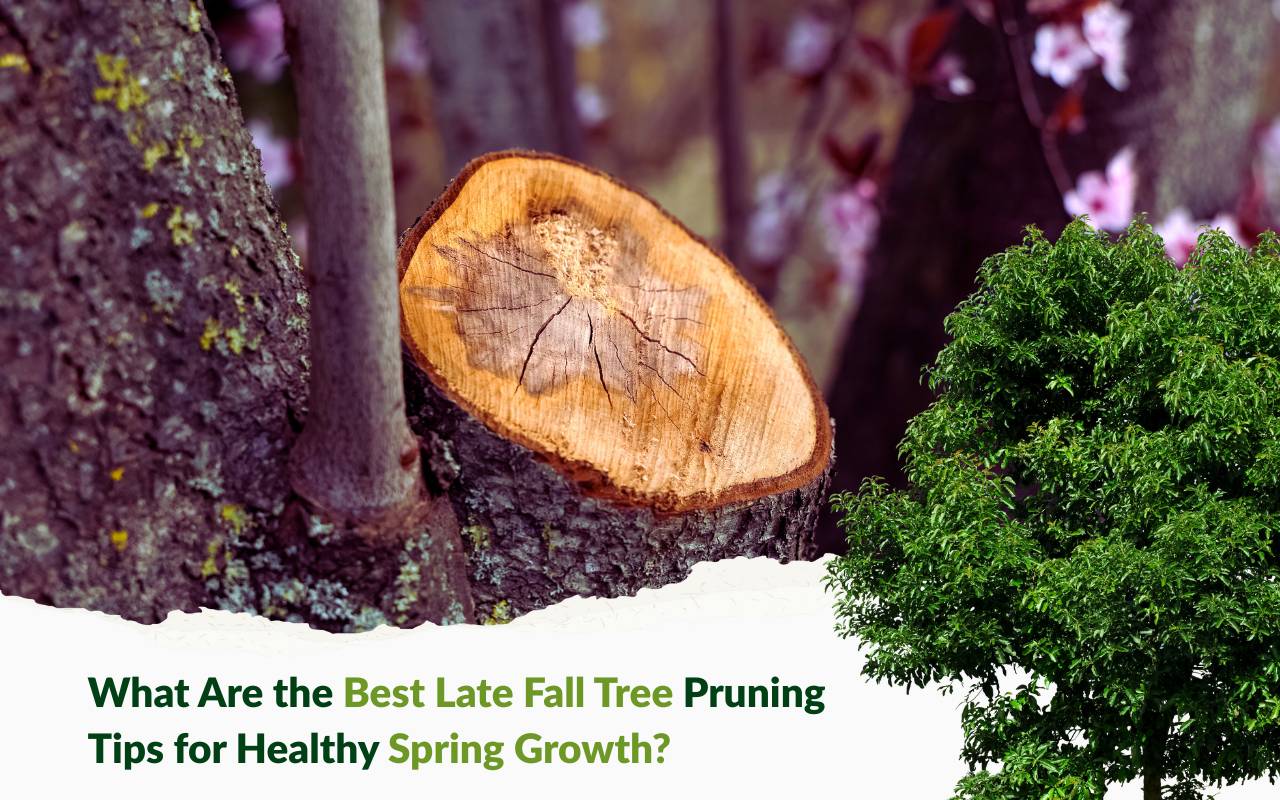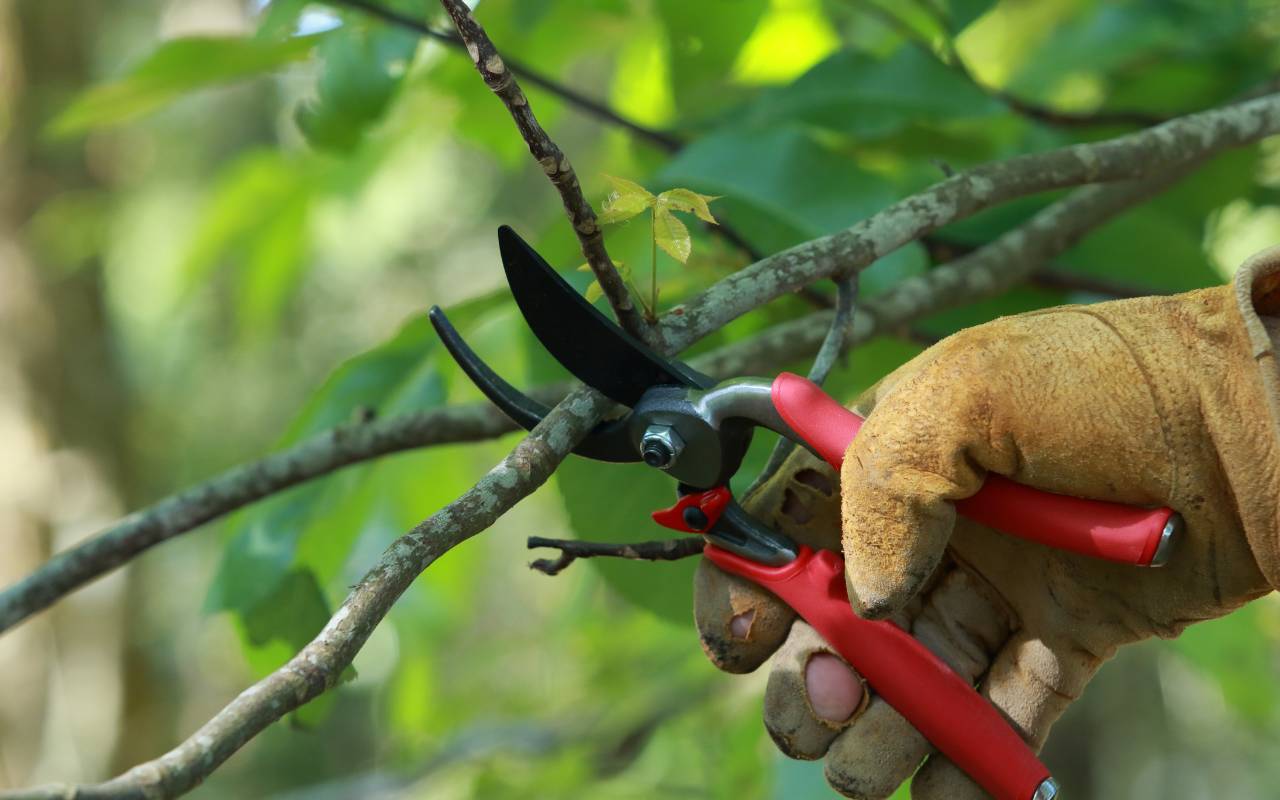
Late fall pruning is the quiet power move for next year’s canopy. Done after leaf drop and before deep freezes, smart cuts reduce winter breakage, improve airflow, and set buds up for success. In this guide you’ll learn the why, when, and how—plus tool hygiene and species nuances—so your trees rebound with vigor in spring. Follow these field-tested steps to prune with confidence.
What Are the Best Late Fall Tree Pruning Tips for Healthy Spring Growth?
The best Late Fall Tree Pruning Tips for Healthy Spring Growth are: remove dead/diseased wood first, make collar-preserving cuts, thin for light and airflow (not tops), disinfect tools between cuts, and time work after dormancy begins but before sustained freezes. These fundamentals minimize winter stress, accelerate callusing, and prime buds so trees leaf out evenly and vigorously in spring.
Importance of Late Fall Tree Pruning
Pruning during dormancy redirects energy to roots and repair, reduces snow/ice failures, and improves disease resistance. Leaf-off visibility reveals structure for safer, more precise work. Thoughtful shaping now means less corrective pruning later and a balanced, resilient canopy when growth resumes.
Best Practices for Late Fall Tree Pruning
- Disinfect tools between cuts to prevent pathogen spread (see Enhance Garden Health: Disinfecting Pruning Tools).
- Make clean, angled cuts just outside the branch collar; avoid stubs and flush cuts.
- Use the 3-cut method on large limbs to prevent tearing.
- Prioritize dead, diseased, damaged, and crossing branches; keep the center open for airflow.
- Work in dry weather and avoid extreme cold snaps.
Applied consistently, these Late Fall Tree Pruning Tips for Healthy Spring Growth protect tree integrity, reduce winter damage, and encourage uniform spring push.
Tools Needed for Tree Pruning
Equip sharp bypass pruners (≤1″), loppers (≤2″), and a pruning saw (≥3″). Add PPE—gloves, eye protection, and a hard hat under tall canopies. Maintain edges and keep spares handy. For cut quality and efficiency, review Choosing Pruning Blades and the Cut & Clean Technique.

Identifying Trees in Need of Pruning
Target deadwood, hangers, rubbing/crossing limbs, dense crowns, suckers, and watersprouts. Young trees benefit from scaffold training; mature trees need selective risk reduction. A quick fall walkthrough helps you prioritize safely and strategically.
Techniques for Different Tree Types
Deciduous Trees
Shape structure, thin for light, and limit live wood removal to ≤25–30%. Preserve natural architecture; avoid topping.
Evergreens
Be conservative—remove dead/diseased/crossing wood and avoid cutting back to old, brown stems on species that won’t re-bud. For species timing and nuance, see Seasonal Pruning Tips.
Addressing Common Pruning Mistakes
- Over-pruning: keep live wood removal modest.
- Bad cut placement: never flush-cut or leave stubs.
- Dull/dirty tools: sharpen and sanitize regularly.
- Late timing: don’t cut right before severe freezes.
Timing Considerations
Prune after dormancy begins and before sustained subfreezing periods. Monitor local frost dates and choose a dry stretch. For heavy sap bleeders (maple, birch, walnut), wait until leaves fully drop and flow slows.
Align your seasonal workflow with a Tree Trimming Schedule to avoid stress periods and disease windows.
Winter Care After Pruning
Mulch the root zone (keep mulch off the trunk), deep-water before ground freeze, and use guards where wildlife browse is an issue. Gently knock off heavy snow loads; avoid breaking frozen wood.
Monitoring Spring Growth
Track bud swell, leaf-out, and shoot length on marked branches. Remove any new watersprouts early. Notes from spring performance refine next fall’s plan and reinforce these Late Fall Tree Pruning Tips for Healthy Spring Growth.
How to Prune in Late Fall (Step by Step)
- Assess: Identify targets (4 D’s: dead, diseased, damaged, deranging/crossing).
- Sanitize: Disinfect tools before the first cut and between cuts.
- Stabilize: For big limbs, undercut, top-cut to remove weight, then finish at the collar.
- Thin: Improve light/airflow; maintain natural form.
- Clean up: Remove debris and sanitize tools post-work; review the Cut & Clean Technique.
Follow this sequence to turn Late Fall Tree Pruning Tips for Healthy Spring Growth into consistent field results.
Frequently Asked Questions
Is late fall really safe for most trees?
Yes—after leaf drop and before deep freezes is ideal for structural work on most species, minimizing pest/disease pressure and tear-out.
How much can I prune without stressing the tree?
Limit live wood removal to about 25% (30% max) in one season; prioritize dead/diseased wood first.
Do I need to seal pruning cuts?
No. Modern best practice avoids wound sealants; proper collar cuts allow natural compartmentalization.
What’s the quickest way to prevent disease spread?
Disinfect blades between cuts and sessions; see Enhance Garden Health: Disinfecting Pruning Tools.
Which tools should I start with?
Sharp bypass pruners, loppers, and a pruning saw cover most cuts; upgrade blades strategically via Choosing Pruning Blades.
Contact Perez Landscape to implement these Late Fall Tree Pruning Tips for Healthy Spring Growth with professional care and planning.
References
- When and How to Prune Trees Safely – Better Homes & Gardens
- Five Common Pruning Mistakes, and How to Fix Them – Fine Gardening
